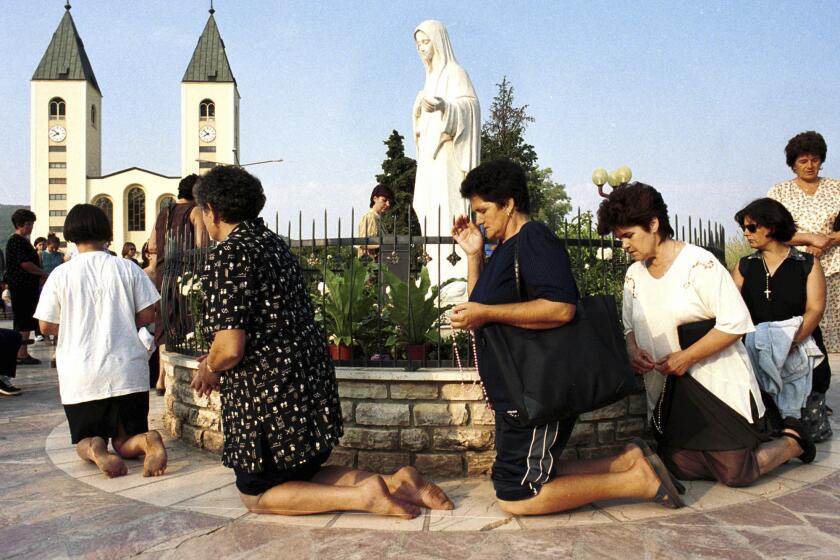Children of Calamity
The debt crisis of developing nations in Africa and Latin America has now been translated into the lives of children: “At least half a million young children have died in the last 12 months as a result of the slowing down or the reversal of progress in the developing world,” according to the United Nations Children’s Fund (UNICEF).
The depth of the crisis is measured in two careful, complete reports--UNICEF’s State of the World’s Children 1989, and the World Bank’s World Debt Tables. They tell an appalling storyof almost unimaginable suffering that is affecting millions of people in the 37 poorest nations, with children suffering the most. And they reveal a troubling failure of the wealthy industrialized nations to respond, in terms of either private commercial financial institutions or governmental programs.
Take this one paragraph of the UNICEF report:
Throughout most of Africa and much of Latin America, average incomes have fallen by 10% to 25% in the 1980s. The average weight-for-age of young children, a vital indicator of normal growth, is falling in many of the countries for which figures are available. In the 37 poorest nations, spending per head on health has been reduced by 50%, and on education by 25%, over the last few years. And in almost half of the 103 developing countries from which recent information is available, the proportion of 6- to 11-year-olds enrolled in primary school is now falling.
No wonder UNICEF calls this the decade of despair. No wonder the report departs from its usual concentration on the basic health of the world’s children to address the causes of this crisis--the recession that has affected most developing nations, and the debt crisis that is consuming 25% or more of the export earnings of these desperate nations. The failure of the 1985 international plan to ease the debt crisis is acknowledged by the World Bank.
But both reports make clear how difficult it is to find a solution. The 1985 debt plan of James A. Baker III, then secretary of the Treasury, helped win economic reforms in many developing nations, but the increased flow of capital that was to match the reforms never materialized. The United States’ commitment to foreign aid has continued to dwindle, and now ranks near the bottom of the list of industrialized nations when the contribution is measured as a percentage of gross national product. The World Bank has found that “most of the indebted countries are still no better off than in 1982 when the debt crisis erupted.”
President-elect George Bush has responded with the promise of a major review of U.S. strategy on the $1.3-trillion foreign-debt problem. That announcement, coinciding with the release of the World Bank and UNICEF reports, offers some encouragement.
There is additional encouragement in the UNICEF report. The problem is not hopeless--witness the success already recorded in such nations as China, India, Malaysia, Pakistan, South Korea, Sri Lanka and Thailand. These nations, home to half the world’s children, are improving the standards of living. There has been significant progress in UNICEF’s global campaign to address the prevalent killers of children through vaccination, maternal education and distribution of oral rehydration therapy kits that can save the lives of the millions affected by diarrheal infection.
And there was encouragement in the example set by the Midland Bank in England. It gave to UNICEF the $800,000 debt owed to the bank by Sudan, enabling Sudan to pay off the loan in local currency instead of pounds and allowing UNICEF thereby to expand its services in that deeply troubled nation.
The overall cost of reversing the declines in development is estimated at $50 billion a yearby UNICEF. That is small by comparison with military budgets. It is roughly equivalent to the prevailing farm subsidies in Europe and the United States. But it is huge compared with what the world is now investing. Perhaps the UNICEF report will help provide a better perspective of priorities when national budgets are drawn next year. At least it allows creditors to understand the full cost of the debts tabulated by the World Bank.
More to Read
Start your day right
Sign up for Essential California for news, features and recommendations from the L.A. Times and beyond in your inbox six days a week.
You may occasionally receive promotional content from the Los Angeles Times.






